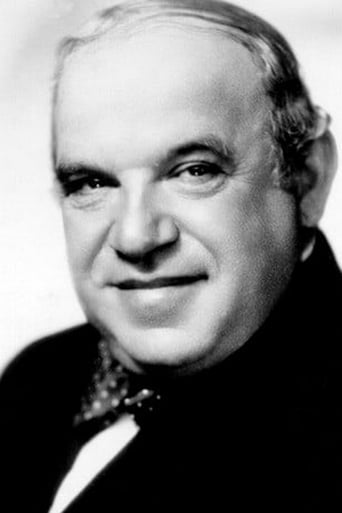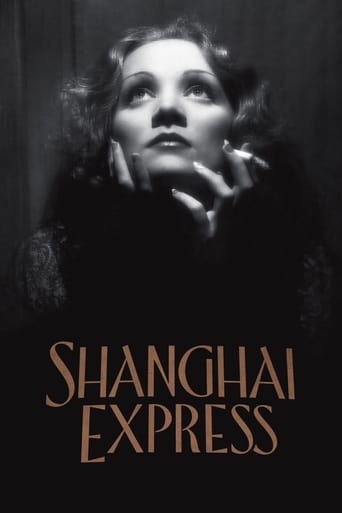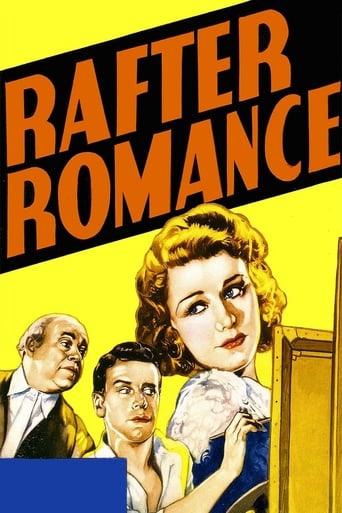

Rafter Romance (1933)
A working girl shares her apartment with an artist, taking the place in shifts.
Watch Trailer
Cast
Similar titles

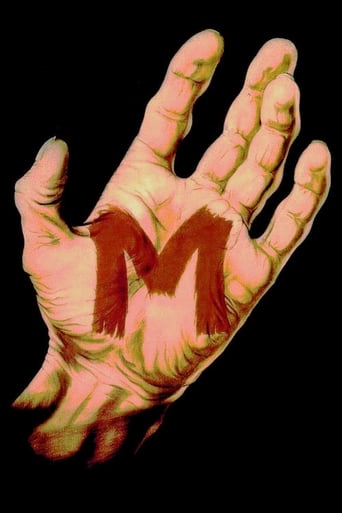
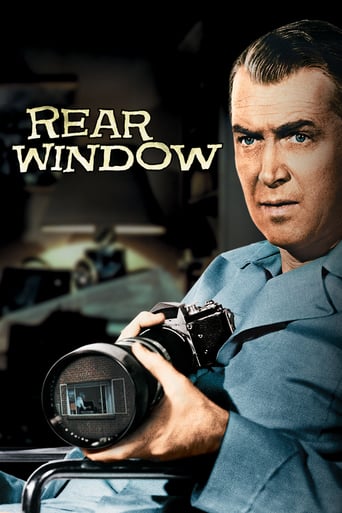
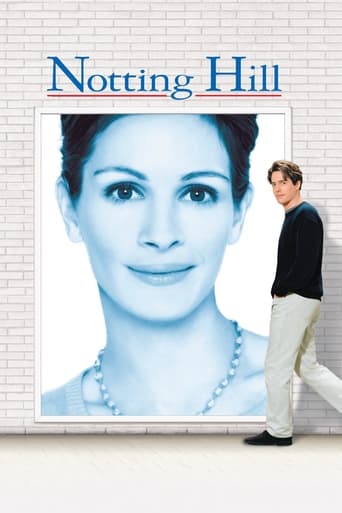

Reviews
Please don't spend money on this.
People are voting emotionally.
I'll tell you why so serious
Watching it is like watching the spectacle of a class clown at their best: you laugh at their jokes, instigate their defiance, and "ooooh" when they get in trouble.
Ginger Rogers arrived at RKO Studios in April 1933 after they had signed her to a three-picture deal. Her first film there was "Professional Sweetheart". The director was William Seiter and her leading man was Norman Foster. Ginger said Seiter had a tremendous sense of humor and was a joy to work with. She had flirted with Foster in her first film at Paramouht.After "Don't Bet on Love" and "A Shriek in the Night", Ginger's contract was picked up for another year, she was presented with the script for "Rafter Romance", to be directed by her old friend Bill Seiter and starring Norman Foster. She said it was like "old-home week again". This "B" picture was filmed just months before the big break of her career. In September, she would start filming "Flying Down to Rio", in which she would dance with Fred Astaire, effectively changing the arc of her career and her life."Rafter Romance" is a typical big-city story about young adults trying to make ends meet during the difficult economy. Mary (Ginger Rogers) and Jack (Norman Foster) are tenants in the same apartment building. When they can't pay their rents, the landlord, Mr. Eckbaum (George Sidney) ingeniously realizes they could share the same apartment since one works day hours and the other works the night shift.It's a somewhat racy premise for its time, but the film was made in the pre-Code era--that brief but glorious period when studios were allowed freer expression. Accordingly, the film includes some suggestions of nudity and impropriety that were typical of pre-Code films.The film lasts a mere 73 minutes and the story is not demanding, but the actors acquit themselves well. No doubt they enjoyed the filming, having a natural chemistry. The Eckbaum family provides a warm, but humorous, backdrop for the action. In one scene, the Eckbaum son-who always seems to be hanging around--is drawing swastikas in chalk on the wall near the lobby phone. In 1933, the Nazis would have figured prominently in world news. Their eye-catching symbol was, no doubt, fascinating to youngsters, so it makes sense that he might scribble it as graffiti. Before long, the menace of Nazism would become more apparent.
If you've read a couple comments, you know the story. At least the obvious parts. Man and woman sharing apartment on different schedule. Hate and love, with love winning. But there's a story about stories that matters more. I'm attuned to these triple narrative devices. Its a particularly complex sort of triple symmetry fold that I first noticed in "2001." Its particularly Jewish in formation, going back 740 years that I know.Here are the three: We have the kindly Jew who is a benevolent "arranger." He shuffles lives spatially. At the end, when things turn out well, he and his wife turn to each other and remark on how well his arranging has worked. Its the last thing we see.We have the guy. He's an artist. That should be enough said, but his devotion to his particular story is underscored by a rich drunk matron who wants to support him. For reasons assignable only to his controlling his own story, he turns her down.We have the girl, Ginger. Now her storytelling role is written as a stretch. She gets a job as a telemarketer where she has to convincingly read a script. It happens to be one associated with domestic life (refrigerators) which is plainly absent in the apartment where the thing is staged.The stories are all about sex and love. Its honest, lovely precode sex.The three stories clash in spots (some writing is involved) but braid to our satisfaction at the end. I believe that this triple braid was reused many times. This is the earliest I know, but I am sure readers can help me find earlier ones in film.Ted's Evaluation -- 2 of 3: Has some interesting elements.
It is a happy moment when something that has been absent for awhile returns in good shape. On Wednesday, April 4, 2007 Turner Classic Movies (hosted by Robert Osborne) played (for the first time in sixty years) three of six films that had been out of circulations due to some complicated court settlements involving RKO studios and their producer Merriam Cooper. All the films are from well preserved negatives, so these films looked fresh as well.Whether they hold up as well as they did in the 1930s is another matter. I happen to like them, but they are not missing gems - it's not like finding one of those great "Holy Grails" like the complete GREED or the complete Welles' MAGNIFICENT AMBERSOMS". These were serviceable comedies and dramas of the age of our grandparents, and have the flaws of those films as well as the best merits of the Hollywood system near it's peak.RAFTER ROMANCE is typical of the positive and negative aspects of these films. An early Ginger Rogers movie, it reminds us that prior to turning out to be the perfect dancing partner to Fred Astaire Ginger was usually playing smart, tough working girls in comedies (sometimes being too agreeable - as in her role of "Anytime Annie" in 42ND STREET just before this film was made). Rogers has come to New York for a career, and is in Greenwich Village (the outsider's view of the raffish village back in the 1920s or 1930s - no Gay types seem visible). She is rooming in the "Eckbaum" Arms rooming house, run by George Sidney (Mr. Eckbaum) and his wife and son Julius. Sidney got permanently typecast as Jewish after appearing in a series of "Abie's Irish Rose" mixed ethnic silent comedies in the 1920s called "THE COHENS AND THE KELLYS".Sidney's not bad as far as caricatures of Jews go. He mangles language a little - tolerably so (we still understand him). He uses some Yiddish terms. He is money grubbing, but with the taxes on his rooming house it's understandable - he's constantly knocking the pay phone to retrieve coins, with indifferent success. However, he does show anger once - his idiot son starts drawing swastikas on the wall of the hallway, and Sidney lets him have it (a first perhaps in American films). He's also kindhearted. He has let Ginger and another roomer (Norman Foster) stay on far longer than most landlords without paying all their rent. But his wife convinces him he has to alter this.What the screenwriters did is actually a bit of plagiarism, which I am surprised nobody caught. In 1866 Maddison Morton wrote a farce called BOX & COX about two men, one who works at night and one who works at day, who both (unknown to each other) rent the same room in a boarding house (until they accidentally meet when one gets an unexpected holiday). This farce was made into a one act musical operetta retitled COX & BOX by F.A. Burnand and Arthur Seymour Sullivan (of Gilbert & Sullivan fame) which is how it survives today (like CAVALLARIA RUSTICANA and PAIGIACI, COX & BOX is usually on a double bill with Gilbert & Sullivan's TRIAL BY JURY: it is the only non-Gilbert & Sullivan work that Savoyards like to watch).Sidney moves Rogers to the attic loft that Foster lives in. From 8:00 P.M. to 8:00 A.M. Rogers may use it as her own. From 8:00 A.M. to 8:00 P.M. Foster can use it. Needless to say neither is happy at the arrangement. They never have met, so they are soon sniping at each other. The reader can see where this will lead.Rogers finally gets a telemarketing job for a refrigerator firm owned by Robert Benchley. She does well, but she has to fight off Benchley's amorous interests. Foster is a night watchman, but he is also a struggling painter. He has attracted the attention of Laura Hope Crews, a wealthy woman who is also a dipsomaniac. He has repeatedly refused to have her make him her boy toy (much to Sidney's chagrin, as it would pay off the debt that Foster owes him). By chance Rogers and Foster meet in the streets of the city, and a romance begins - but at the same time they are unconsciously sniping and sabotaging each other as the rival, unseen roommate.Benchley was just starting his film career, and in his opening scene his fumbling with some papers to explain to the new girls how to do their sales pitch reminds us of his classic "THE TREASURER'S REPORT" which began his acting career. He was not quite as paunchy here as in later films, but certainly no Adonis. Ms Crews' alcoholic dowager is miles from "Aunt Pittypat" in GONE WITH THE WIND, but is a distant cousin of her drunken mentalist working with Clark Gable in IDIOT'S DELIGHT. She has a distinct distaste for boarding house landlords.Guinn "Big Boy" Williams has a role that probably was a little longer originally. He's a taxi driver who takes a brotherly interest in Ginger. They apparently meet when she is buying herself a hamburger at an all night stand. Later he helps her derail Benchley's attempts to make an evening's dinner - theater date into a boring flop. He also shows up at the conclusion of the film to assist in the genial mayhem.It's also nice to note (in a bit part) our old friend Bud Jamison - away from his foes The Three Stooges for awhile - as the winner of a fat man's contest at a picnic.
This delightful romantic comedy, unseen since 1959, shows how fresh and funny movies could be in 1933, the last year before the Hayes Production Code clamped down on the film industry and enforced mandatory wholesomeness -- banning anything that might "lower the moral standards of those who see it," including almost any reference to sex.Many pre-Code films look antiquated and creaky today, as the characters earnestly discuss sex, adultery, divorce, and other Serious Adult Topics. This one plays it all for a farce, with Ginger Rogers and Norman Foster forced by economics to share the same attic apartment in 12-hour shifts, him by day and her by night. They never meet and communicate only through increasingly nasty notes and pranks, coming to despise one another as roommates even as they're unknowingly flirting and falling in love in the outside world.At the same time, Rogers is trying to fend off the amorous advances of her boss (Robert Benchley), who sees a man entering her room as she's leaving with him and apparently assumes she's turning tricks on the side, while Foster is trying to discourage an elderly millionaire (Laura Hope Crews) who wants to take him away from his sordid life and bring him home with her as her boy-toy. In the final denouement, they're explaining to everyone that they're "not married, just living together," while trying to decide whether they actually love each other or hate each other. (Love, as you might suspect, wins out).


